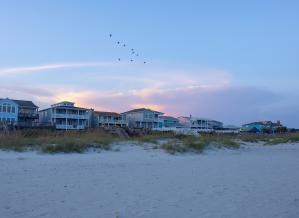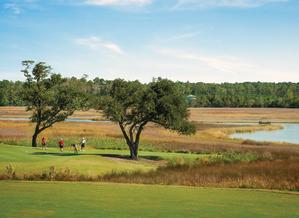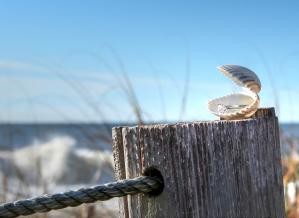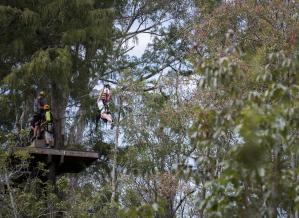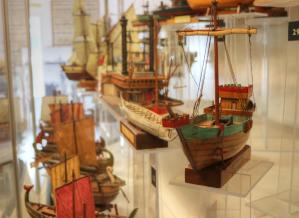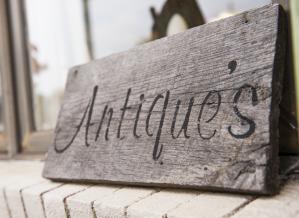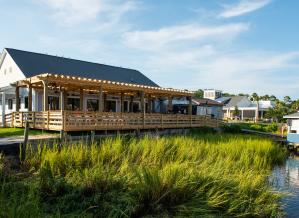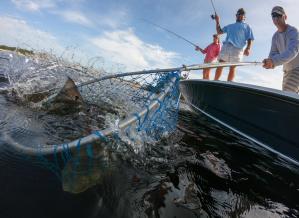Shelling in the Brunswick Islands
North Carolina’s Brunswick Islands’ 45 miles of scenic beaches provide plenty of opportunities for discoveries of coastal treasures along the way. Beachgoers going for a stroll are in for a treat with the variety of seashells found in the area – just keep a careful eye toward the sand.
To help with your next Brunswick Islands shelling excursion, below are photos of just a few of the shells and other treasures you might find on your outing, as well as a shell guide you can download. Just remember to leave the seashells and creatures in their homes if they’re still alive! Shelling Tip: Be aware of the tides and schedule your shelling adventure for low tide.
You can learn more about the shells found in the Brunswick Islands by visiting the Museum of Coastal Carolina in Ocean Isle Beach. The museum features impressive displays of beautiful shells from the region, and plenty of volunteers that can tell you more about them and even help you identify the shells you found on the beach. Visitors to the museum can also see live starfish and sea urchins in the touch tank.
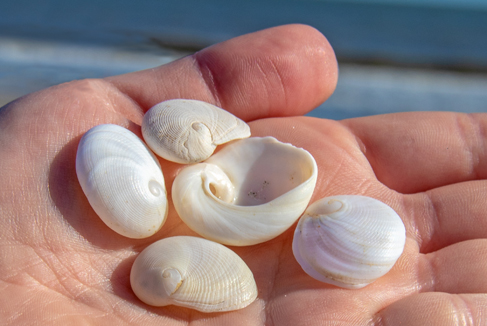
Baby's Ear
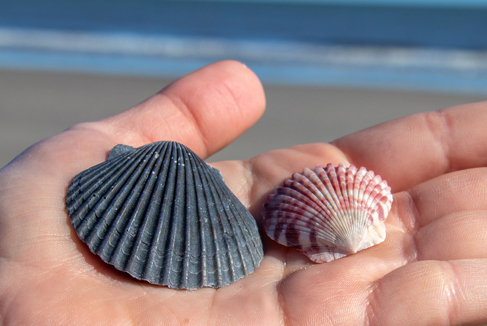
Scallop Shell
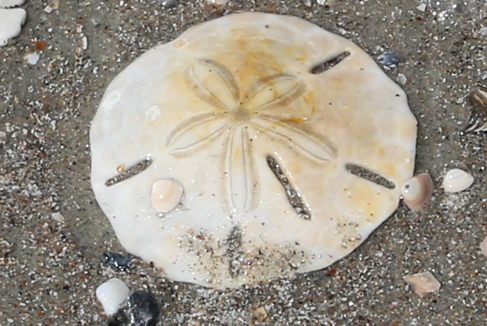
Sand Dollar
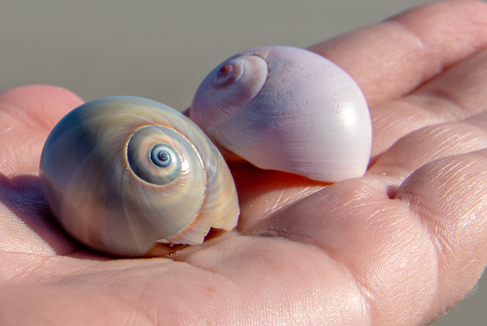
Moon Snail
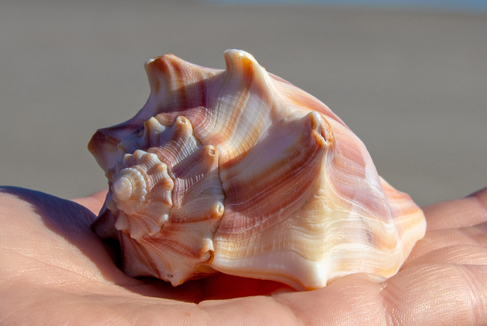
Knobbed Whelk
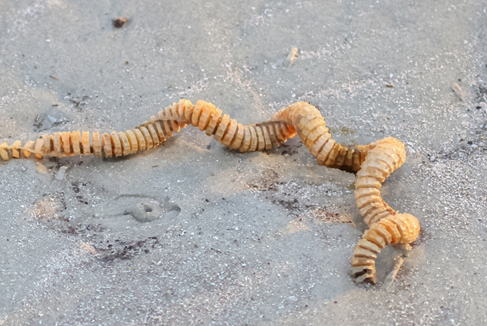
Whelk Egg Case
Downloadable Brunswick Islands Shell Guide
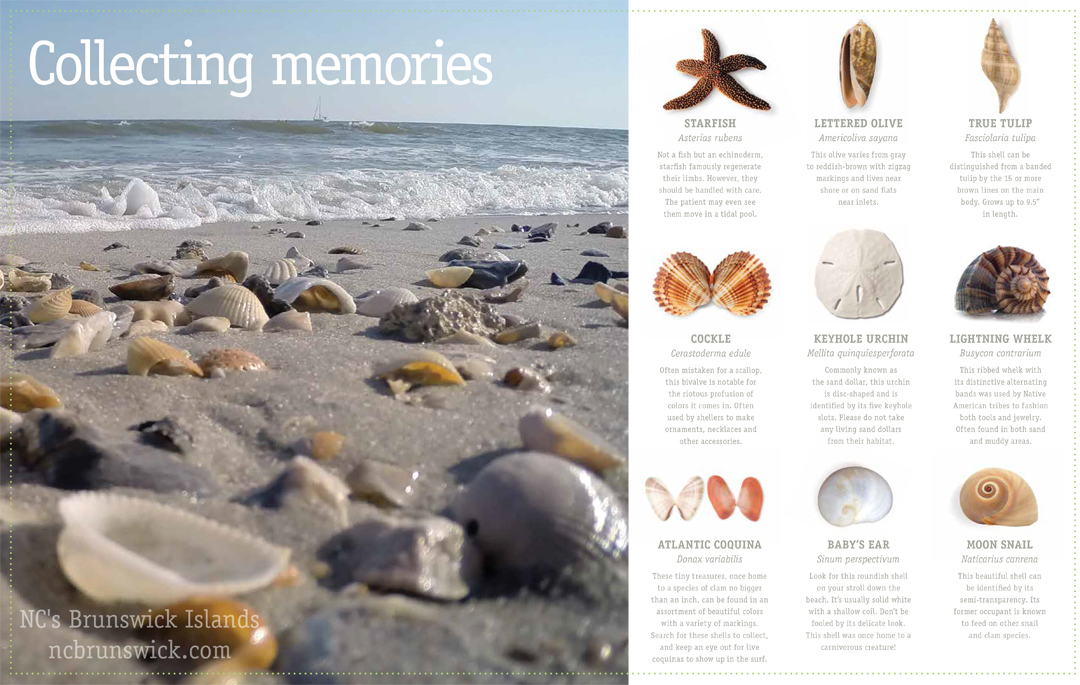
Explore NC's Brunswick Islands Fun & Adventure
Where you stay can be the highlight of an unforgettable vacation – a place that feels like your... explore
Climb to the top of a lighthouse. Kayak through salt marshes, waterways, creeks and inlets. Explore the... explore
Visitors looking for insight, inspiration and a deeper understanding of North Carolina's barrier... explore
Whether it's a savory blend of seafood, family favorites, home-style dishes or tastes from around the... explore


